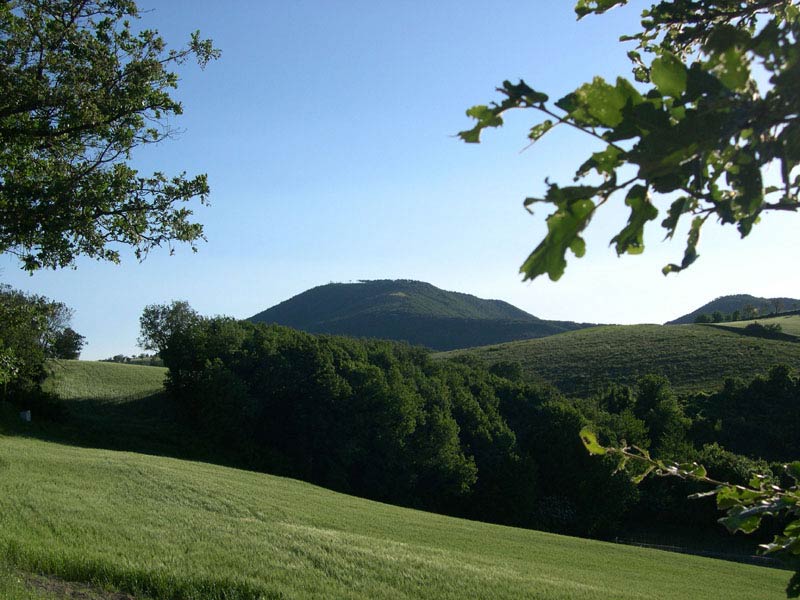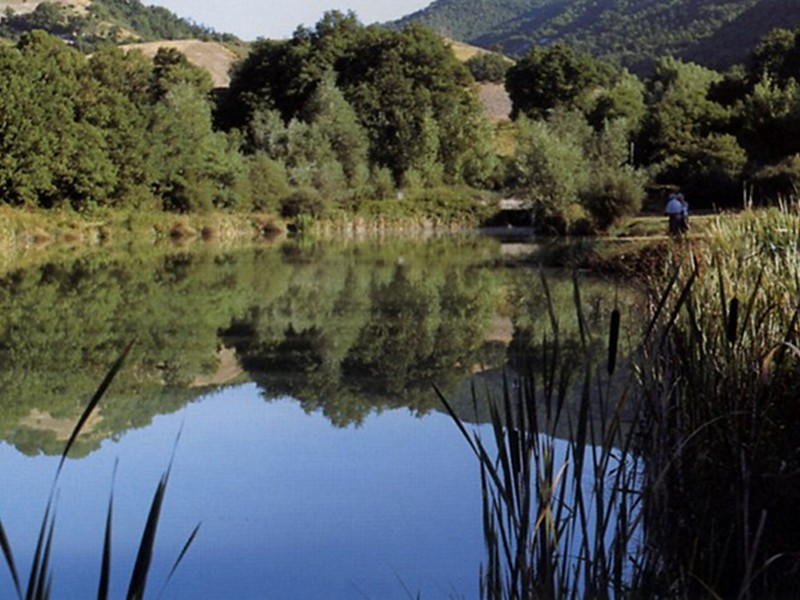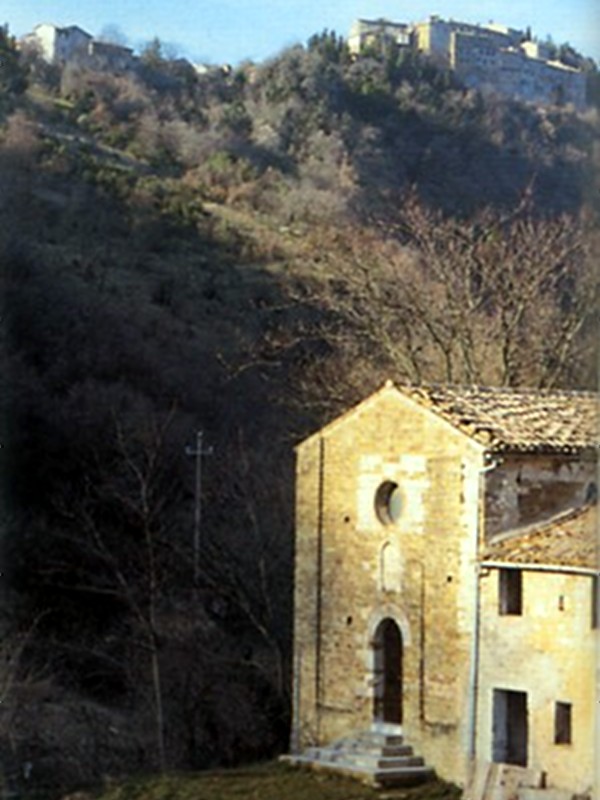Points of Interest
The Park Beauties
The external scenery is characterized by the complex and irregular orography of the Apennines of Umbria and the Marches where we can find one of the most interesting speleological areas of Europe with karst phenomena and an austere and uncontaminated nature maintaining alive the evidences of a millenary past. We are in Frasassi di Genga, in the hinterland of Ancona, between the two mountains overhanging a wild gorge where the river Sentino flows.
The Park Municipalities
Fabriano
(the following links lead to Italian texts)
Arcevia
(the following links lead to Italian texts)
- Culture
- The Castles of Arcevia
Serra San Quirico
Serra San Quirico, a town made of stone and situated on the rock, looks like a ship whose bow is headed towards the valley of the Esino. The mountains dominating the ancient fortress have been throughout the centuries the witnesses of the ruins of Serra: an important past which the ravages of time have not cancelled and which can still nowadays be observed in the religious and civil buildings, in the urbanistic structure of the fortified town, in the rural centers scattered in the territory of the Town, rich in evidences and culture. Everywhere plants and pinewoods dominate. There is the mountain with its beauties, its walks, its peaceful atmospheres... The origins of Serra San Quirico date back to very ancient times for the strategic position of the place. The historical documents found in our territory talk about very ancient periods and give evidences of the Etruscan, Picena and Roman civilizations; besides the necropolis of Galli Senoni. Probably Serra was born as a Roman stronghold at the entrance of Gola della Rossa, a forced passage for Roma and a point of great strategical importance. A first settlement of men which developed with buildings and fortresses, which grew and consolidated up to the Barbarian destruction.
- "Copertelle"
Serra San Quirico has considerable remains of the castle's walls, on which houses were built and covered streets (the so-called "copertelle") originated: typical 10th century internal passages which worked as rounds. The interior, completely transformed, has a great central nave and two small lateral aisles.
- Regional Historical Map Collection of the Marches (Italian text)
The historical map collection of Serra San Quirico is the permanent exhibition seat of the "Regional Historical Map Collection of the Marches", a scientific association of authorities, researchers, and collectors interested in the study and in the preservation of historical documents about the cartography of the Marches.
Genga
Born as a castle, it is situated on a hillock with steep slopes and maintains the medieval urbanistic features enhanced by the architectonic restoration of the recent years. Among the beauties of Genga you can admire its walls, the square housing the "Palazzo dei Conti" of Genga Earls and S. Maria Assunta Church, of particular architectonic-cultural interest.
Cerreto d'Esi
Some history
Castrum Cerreti, that is Cerreto d'Esi Castle, is situated in the hinterland of the Marches, in the Province of Ancona.
It lies at 265m above sea level and currently has approximately 3,200 inhabitants. This castle has preserved many features of its original urban structure despite the latter underwent many changes over the centuries because of earthquakes, wars, or decay.
Considering the historical information we have also about the surrounding castles, we can assume that this one was originally built not as a military defensive structure, but for commercial reasons. As a matter of fact, Cerreto did not enjoy a strategic position from a military point of view, but it was situated next to important economic centers and near a minor branch of via Flaminia (Collamato area). Subsequently, it was transformed into a medieval castle with its own lord, entourage, and subjects. Anyway, it achieved its greatest splendor in the 16th century.
The meaning of the word "Cerreto" can be found in many Italian etymological dictionaries and derives from «Cerrus», that is Turkey oak, a tree belonging to the oak family. The first document witnessing the existence of Cerreto Castle is represented by a parchment dating back to the year 1090 and coming from the monastery of San Vittore delle Chiuse, saying «locus qui dicitur Cerreto».
In 1861 it was annexed to the Province of Ancona, and the name «d'Esi» was added in 1862.
Main monuments
Porta Giustiniana, the church of Collegiata characterized by a Romanesque-style wall and preserving a wooden crucifix dating back to the 16th century are worth a visit. Of great importance the Civic Tower named after Belisarius and representing the medieval origins of this town.








